Communication Barriers for People with Disabilities in Ukraine: Mass Media Aspect
10.17721/2522-1272.2022.81.4 ![]() (DOI)
(DOI)
UDC 007:304:659.3:316.344.6(477)
Olga Polumysna, Doctoral Student of Taras Shevchenko National University of Kyiv, Associate Professor of the Department of Journalism, V. N. Karazin Kharkiv National University,
0000-0002-4289-0588 ![]() (ORCID)
(ORCID)
ABSTRACT
The main objective of the article is to find out the reasons for rejection of people with disabilities in the society, that causes the communicative barriers in communication with them, and the role of the media in this process.
It is established that there are both social and psychological barriers in communication with the people with disabilities. The social barriers include the different worldviews as there are many barriers (physical, moral ones) in the lives of people with disabilities. The psychological barriers include isolation, shyness, hiddenness, incommunicability of people with disabilities, caused by the attitude towards them in the society. These barriers also have to do with certain fear towards the people with disabilities from those ones who do not have such problems.
A questionnaire was conducted to understand the points of contact between the society, the people with disabilities and the media, to hear the opinions of both the people with disabilities (235 persons) and those ones without disabilities (309 persons) and to find the answers to why there is no correlation, mutual understanding between the society, the people with disabilities and the media. Using a number of keywords on each of the leading Ukrainian media sites, the publications about people with disabilities during the pandemic were monitored. Such studies made it possible to determine how much the media were interested in covering such information. The comparative method was used to find the similarities and the differences in the views of people with and without disabilities regarding the role of the media in their lives and the factors that impede d communication in the society. The descriptive method made it possible to record the information gained from the survey and other sources.
It was found out that the people with disabilities were either cursorily covered in the media during the pandemic or were not mentioned at all even though it was one of the most vulnerable groups of people in terms of health. There was almost no information about the course of disease within this category of population: the statistical data on disabled people with coronavirus, in particular about the consequences and the risks for their health were not separated into a separate group.
It was ascertained that the difference between the people with and without disabilities was in their views on ignoring the information about the people with disabilities. Thus the people with disabilities believe that there is not enough information and the society does not pay enough attention to it, the people without disabilities do not follow such information and think that there is enough information in the media. The points of contact: the society feels fear to the people with disabilities, does not understand how to treat them, because the media ignores information about these people, resulting in formation of an information vacuum, which is filled with stereotypes and conjectures. The people with disabilities are often marked by closeness and incommunicability due to the fact that they become the objects of ridicule and unfair treatment, which affects their self-esteem and interferes with communication with the society.
KEYWORDS: information vacuum; communication; communication barriers; a person with a disability; society.

